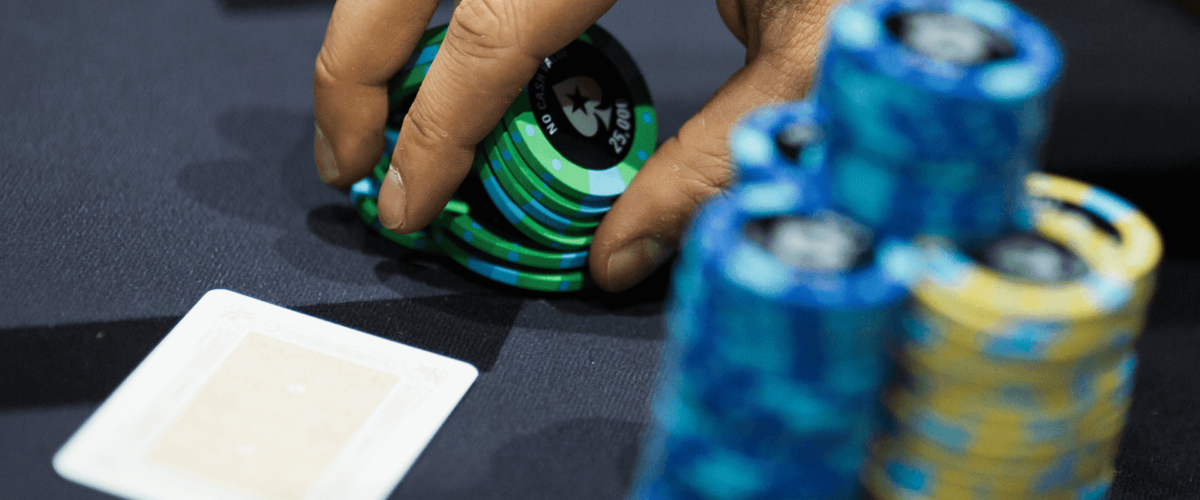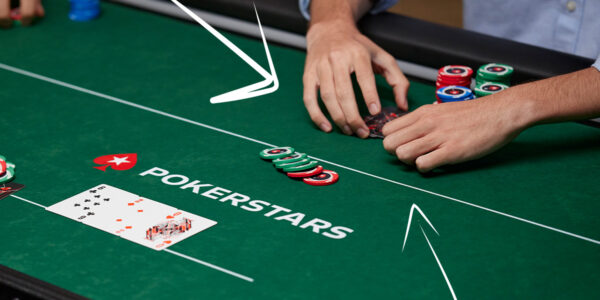Floating Flop C-Bets out of Position
Floating means calling a bet with a weak hand and relying, at least partially, on making your opponent fold later in the hand to justify your play. If you have no fold equity later in the hand, you avoid floating; let’s get that clear before we go any further. Now onto the fun part.
Beginners are often lectured on the perils of calling bets out of position with weak holdings, but they’re never really advised as to when such a play is okay. In fact, much of poker’s instructive literature for new players is pretty patronising as it attempts to simplify the game into a long list of dos and don’ts, which are almost always too generalised to be accurate. Why can’t the new poker player learn when to call bad hands out of position to continuation bets? If we are very careful in making sure that we understand what it takes for such a call to be higher EV than folding, then we can add a positive new feature to our game.


The Dangers
Before I start recommending some adventurous uses of the call button, let’s begin by outlining why conventional beginner literature tries to keep new players in little boxes. The reason is simple – the gain you make by calling a flop c-bet with a weak hand from out of position is only minimal even when the play is correct. On the other hand, if you get it wrong and frequently call in bad spots, then you can do yourself a lot of harm. The mantra: do not play weak hands out of position, then, functions much like the safety guard on your razor. It’s there because your four-year old son is not trusted to avoid slicing himself on the thumb. According to the old mantras, you are not trusted to float c-bets out of position without destroying your EV; so, let me remove the training wheels and show you how to handle this tool safely.
Pot Odds and Floating
You defend the BB against a BU open and see a flop of K♠ 10♦ 6♣ . Villain c-bets for one third of the pot. What are you going to do with your 9♥ 8♥ ? If you said fold, then you are still operating under the assumption that the training wheels are necessary. If you said raise, then you are getting a little carried away with a hand that very rarely turns anything strong and performs very badly in a big pot. The highest EV option here, if I can trust you not to go crazy on the next two streets, is to call; and it’s all to do with pot odds.
When Villain bets one third of the pot, he injects one unit into a pot that was already three units. You are, therefore investing one unit into four units, but when you’ve made that investment the pot will become five units. Therefore, your odds are 1/5 = 20%. This is how much of the pot you will need to be entitled to if you want to get your investment back. Your investment is one fifth of that new pot, so of course you only need a fifth of the pot to recoup it. If you are entitled to any more than a fifth, then that extra money goes straight into your pocket.
It’s not that we think we have the odds to chase our draw. In The Grinder’s Manual, my first book, I drew a very clear distinction between chasing and floating. The difference is that while chasing relies solely on hitting your hand and then possibly earning some extra bets, floating relies at least partially on getting Villain to fold later in some situations. How could this occur here?


Future Fold Equity
Villain is continuation-betting a board that is good for his range and most players will make this bet very frequently. Some will even neglect to build a checking range of any sort on this texture. Therefore, much of Villain’s range is comprised by air, which the average player will give up with quite often on the turn. When he gives up, we will have the option to lead the river and take the pot away. If all goes well, we won’t need to bluff the river because we’ll hit a straight that we can value bet, or we’ll bink a pair that we can simply take to showdown for free. Realistically though, we will miss many run-outs and must be prepared to fire the 9-high on the river when this happens. If Villain does bet a turn card that we miss, then we’ll simply fold. In those cases, we will have burned an extra bet, but that’s fine as long as 20% of the time we can get the pot.
The whole idea of making this flop call is centred around our future fold equity. I’ll make this clear again – we cannot call here if we plan to meekly check down a worthless hand the times that we miss. Some factors that guarantee a decent amount of future fold equity are the following:
- Villain is not a maniac
- Villain c-bets the flop a small and standard size (he doesn’t pot it)
- Villain is not all-in or close to all-in on the flop
If these things are true then calling a hand that has some equity and implied odds (meaning that we can win extra money if we hit our straight) is probably worth an investment as long as we do not ruin our EV by raising a turn bet or by checking down 9-high on the river. If your plan is solid here, then you should meet that 20% pot entitlement target for the float play to be okay.
Summary
- Floating the flop is different to just chasing a draw as we expect to benefit from making Villain fold later on in the hand at least some of the time.
- Floating the flop out of position is best against small bets as you need to win less often to call profitably.
- Floating the flop out of position demands that you turn your hand into a bluff in some situations later in the hand.
- Do not float the flop out of position with a poor hand vs. players who are very aggressive or have strong c-bet ranges.











